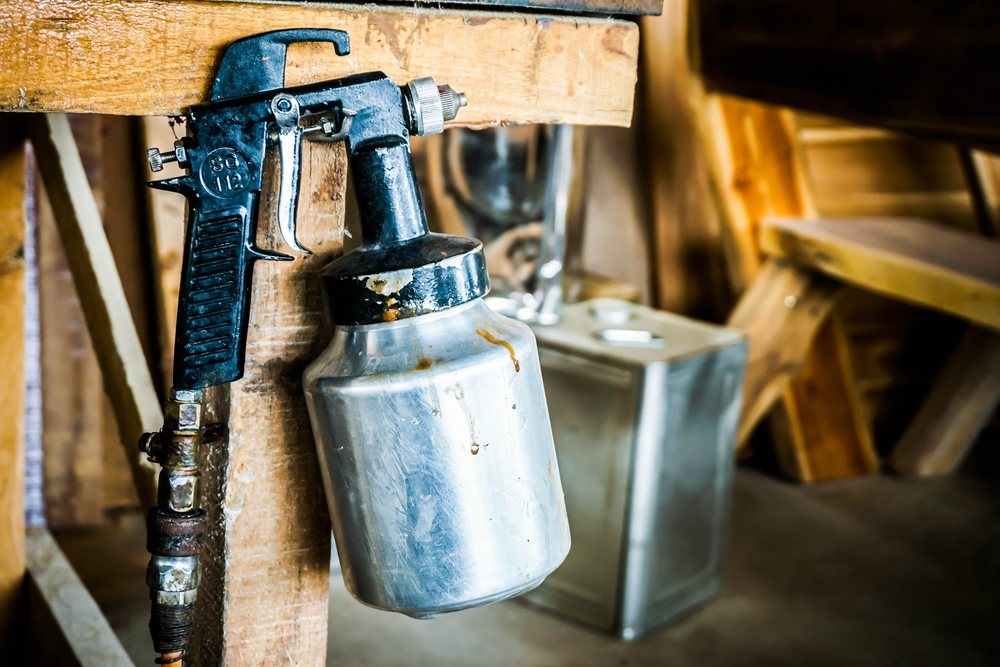The world of technology continues to evolve at an accelerated pace. As scientists and technology engineers look for new data storage solutions, it appears Duke University students may have cracked the code. Their latest invention is a spray-on memory, which effectively allows anyone to store data on any type of surface. An interesting concept, but how does it even work?
Is Spray-on Memory Even Feasible?
That is the first question that immediately came to our mind as well. Although it sounds great to use spray-on digital memory on virtually any type of surface one can think of, the bigger question is how well it can preserve data. Duke University students are fairly confident their solution will work as advertised, although is not necessarily a consumer-grade solution.
To put the concept of spray-on memory into perspective, the digital memory is made by using nanoparticle inks and an aerosol jet printer. It is also the world’s first printed digital memory can that will have practical use cases moving forward. The university students feel their solution can be used in simple electronics in the future, which is where most of the use cases for digital memory lie in the first place.
For instance, one could use spray-on memory to create programmable surfaces. This concept has been highlighted in various science-fiction movies and TV shows over the past few years, yet appeared to be out of reach up until now. Think about it as turning bendable materials into a programmable electronic device. Although we will not sue pieces of glass and turn them into full-fledged tablets or phones just yet, those types of technological marvels have come one step closer.
From a practical point of view, the spray-on memory is capable of achieving a write speed of three microseconds. This is on par with most common high-end flash drives, making it quite a powerful data storage solution. It appears the spray-on memory is currently capable of containing as much information as a 4-bit flash drive, although more progress will be made over the next few years.
It is also worth noting this spray-on memory has one major benefit over any other form of data storage. Not only is it possible to rewrite the information multiple times – no specific limit was specified at this time – but it also possible to store data for at least a decade without having to worry about degradation. Most physical data storage solutions won’t last more than five years, which makes the future of spray-on memory look rather bright.
It is good to see university students come up with a nifty solution solving the data storage issues. Right now, there is no feasible way to store information for an extended period of time without building in a ton of redundancy. While spray-on memory will not replace hard drives or data centers anytime soon, it is an interesting concept to look forward to. New data storage solutions are being created on a regular basis, and spray-on memory is quite an innovative concept.
If you liked this article, follow us on Twitter @themerklenews and make sure to subscribe to our newsletter to receive the latest bitcoin, cryptocurrency, and technology news.

